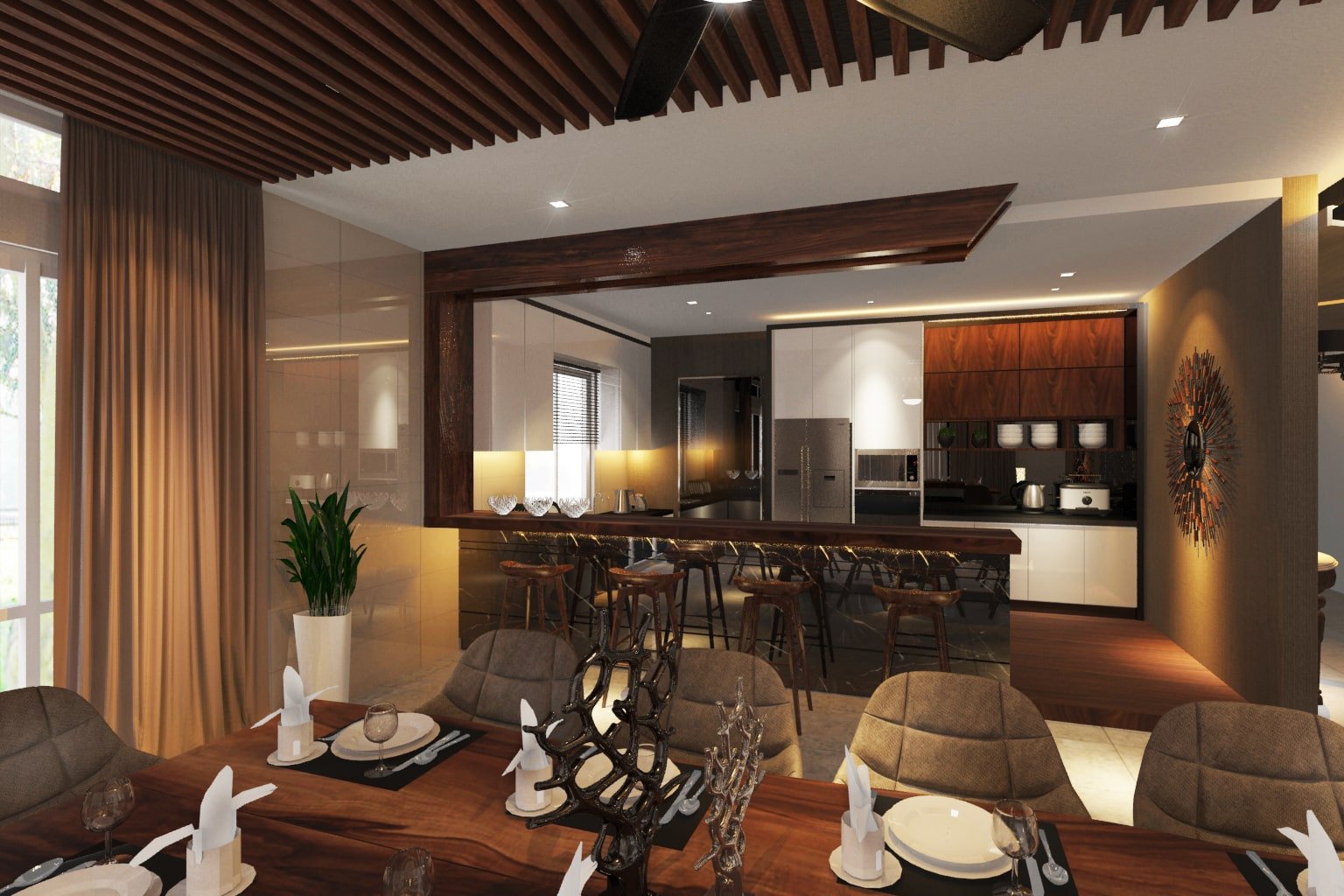
Walk into any design studio or kopitiam in Malaysia these days, and you’ll hear the same whispers in design circles: “What if AI makes us obsolete?” “Will clients still pay for creativity when algorithms do it cheaper?”
These fears aren’t isolated—they’re echoing globally, from tense debates in Silicon Valley boardrooms to anxious LinkedIn threads in Shanghai.
But let’s cut through the noise. After countless conversations with designers, tech innovators, and clients across Malaysia’s bustling cities and sleepy towns, here’s the truth: The future of interior design isn’t about humans versus machines. It’s about humans plus machines.
The industry’s anxiety is understandable. AI can now draft layouts, predict trends, and even mimic “creativity.” Yet, beneath the surface, a quiet revolution is brewing—one where Malaysia’s designers aren’t just surviving the tech wave, but riding it. How? By doubling down on the messy, magical skills no algorithm can replicate.
In a previous piece, I tackled whether AI could replace interior designers. Spoiler: It can’t. Not fully. But today, let’s dig deeper—into the nuanced, irreplaceable skills only humans bring to the table. Especially in a place like Malaysia, where culture, tradition, and modernity collide like rojak ingredients in a vibrant mix.
1. The “Secret Sauce” Machines Can’t Taste
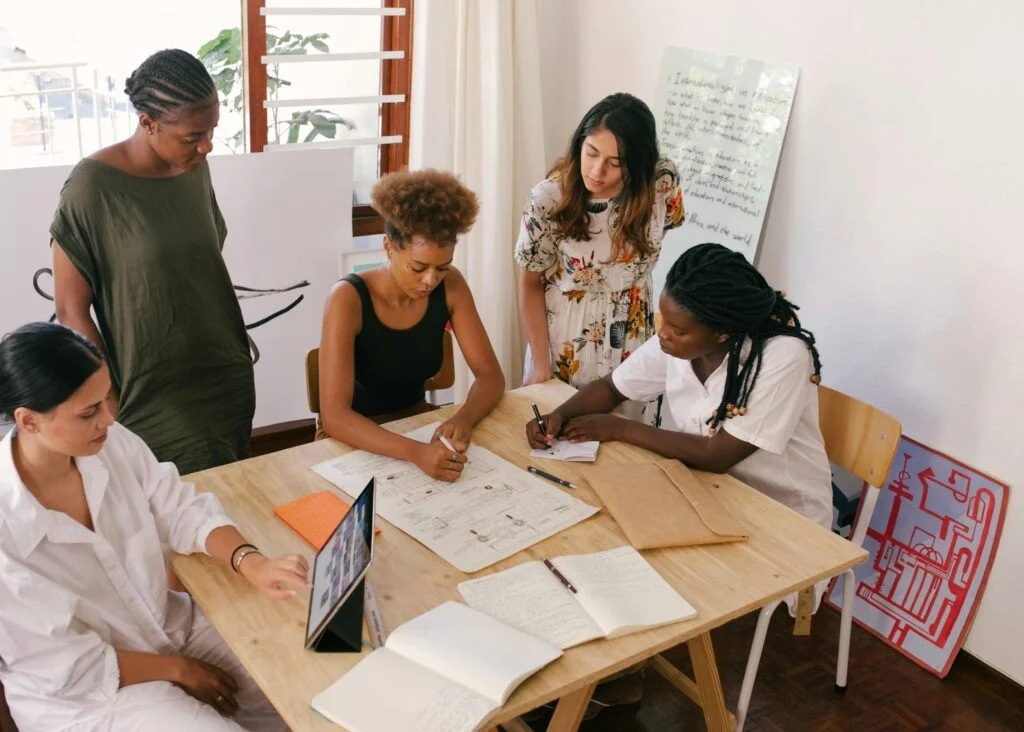
AI can generate 3D renderings faster than you can say “Midjourney.” It can optimize layouts for energy efficiency or cost. But can it walk into a 200-year-old Penang shophouse and feel the whispers of history in its crumbling walls?
Can it grasp why a Malay family hesitates to tear down their kampung-style kitchen, even as they crave a modern aesthetic?
This is where human designers thrive. They don’t just solve problems—they listen to stories. They translate a client’s nostalgia, identity, and unspoken anxieties into spaces that resonate soul-deep.
In Malaysia, where every ethnicity, religion, and generation carries its own design language, this emotional fluency isn’t a luxury. It’s survival.
2. Culture Is Code That AI Can’t Crack
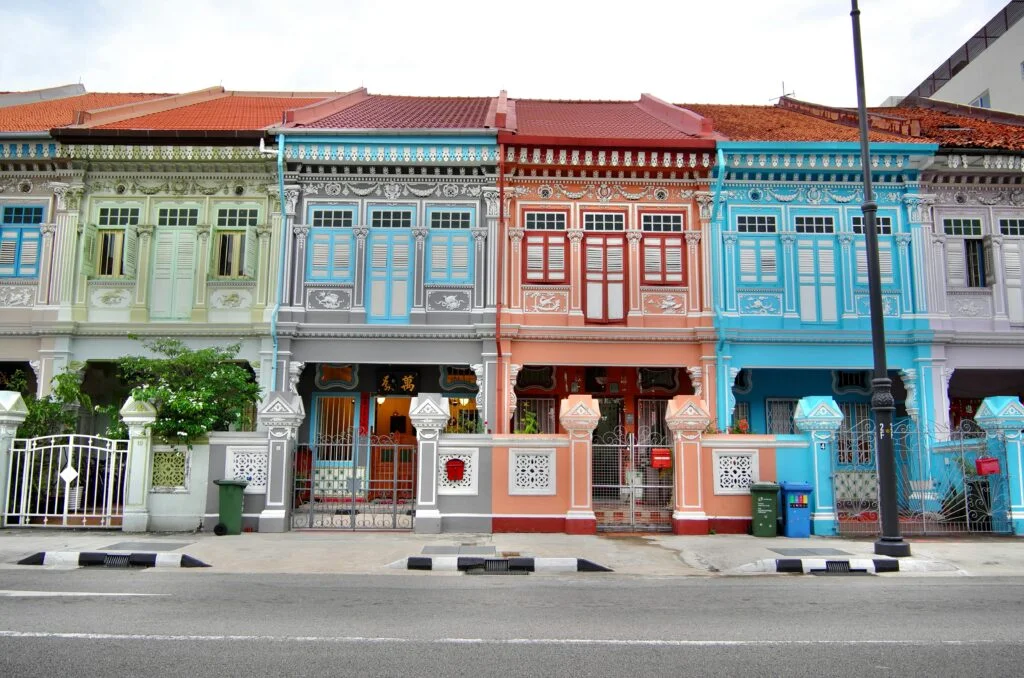
Let’s play a game. Imagine an AI tasked with designing a living room for a Chinese-Malay family in Ipoh. It might master feng shui principles or suggest Peranakan tile patterns.
But will it understand why the grandmother insists on keeping her wooden altar facing east? Or why the youngest daughter wants bold, neon accents as a rebellion against tradition?
Human designers navigate these invisible currents. They balance respect for heritage with the hunger for innovation—a dance no algorithm can choreograph.
In a nation where adat (custom) shapes everything from furniture placement to color choices, this cultural IQ is gold.
3. The Beauty of “Imperfect” Choices
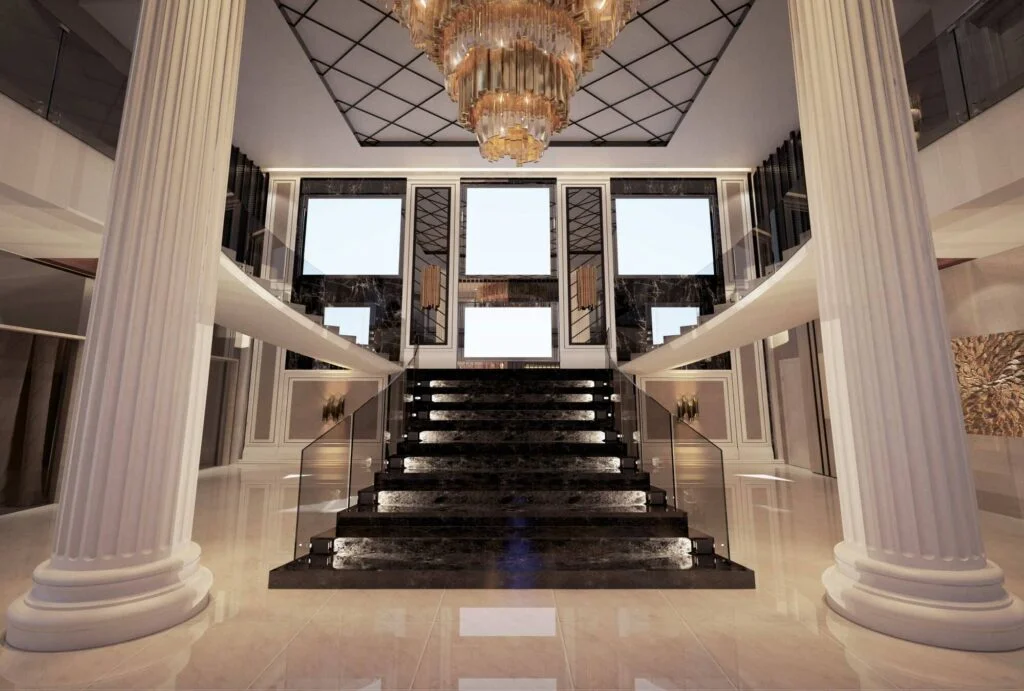
AI thrives on precision. It can calculate the ideal dimensions for a room or the statistically “best” color palette. But here’s the catch: Human lives aren’t spreadsheets.
We’re drawn to quirks—the slightly mismatched tiles in a heritage home, the faded fabric of a beloved armchair, the intentional clash of modern and vintage in a KL condo.
This is where human designers shine. They know when to break the rules rather than follow them. A client might crave a sleek, minimalist kitchen, yet secretly yearn to display their grandmother’s hand-painted ceramic bowls.
An AI could dismiss those bowls as “clutter.” A human designer? They’ll build the entire space around them, turning nostalgia into a focal point.
Great design isn’t just about solving problems—it’s about honoring the imperfections that make a space feel lived-in, loved, and authentically human. In a world obsessed with optimization, that’s a superpower no algorithm can steal.
4. The Resilient Designer Mindset
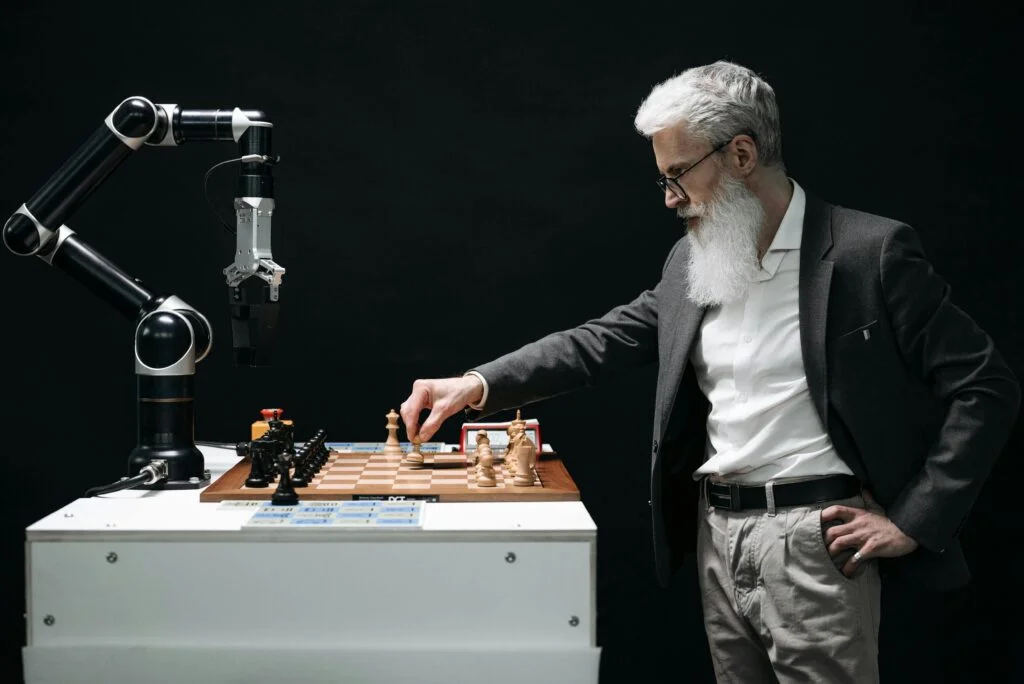
Here’s a Kiyosaki-style truth bomb: AI won’t steal your job—but a designer who uses AI might. The winners in this new era won’t resist technology; they’ll harness it to amplify their human strengths.
Think of AI as your hyper-efficient intern. Let it crunch numbers, test material combos, or generate 50 layout variations overnight. Then, step in. Use your human judgment to ask: Does this feel right? Does it honor the client’s story? Does it spark joy?
The Bottom Line
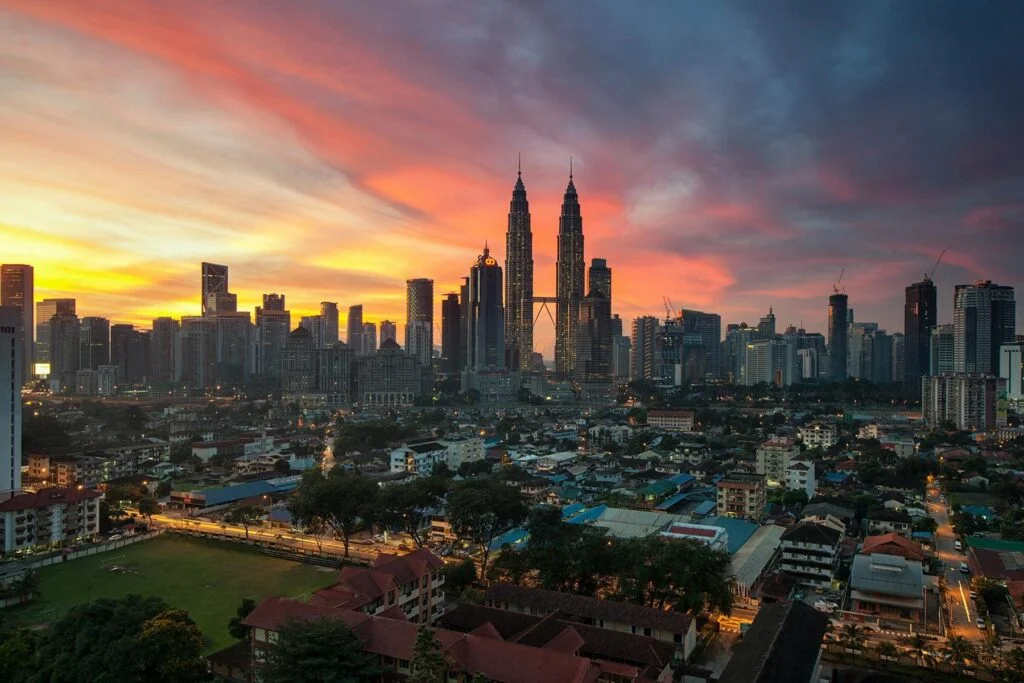
Malaysia’s design landscape is evolving rapidly. Co-working spaces bloom in KLCC. Eco-conscious homes rise in Sabah. Yet, amid this flux, one constant remains: People crave connection. They want homes and workplaces that reflect their messy, beautiful humanity—not sterile showrooms spat out by algorithms.


